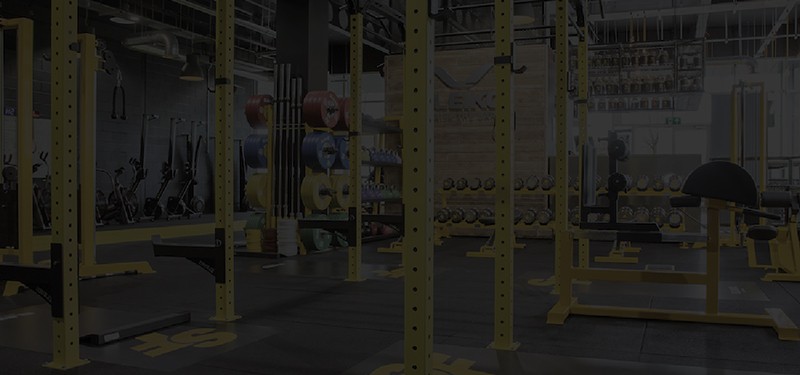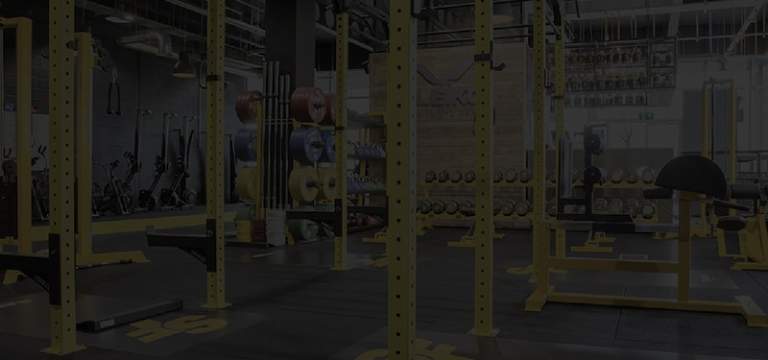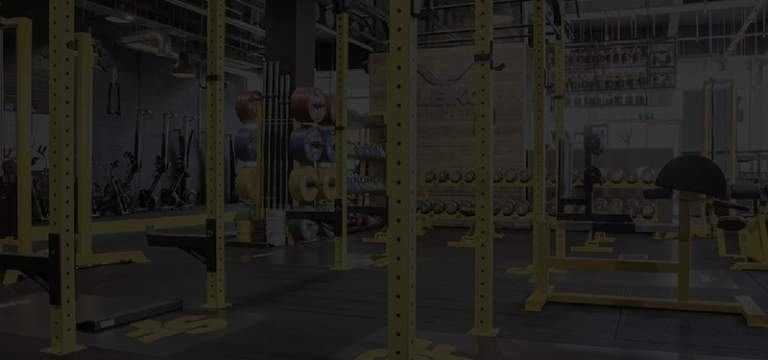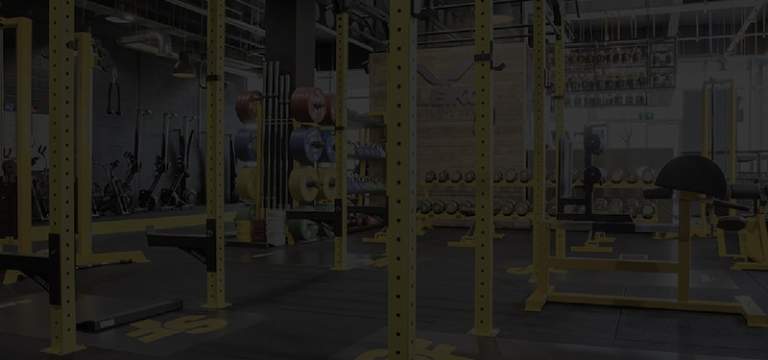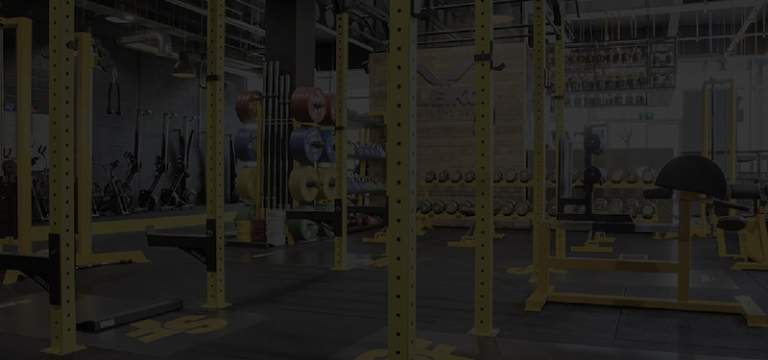Lycra, also known as Spandex, is a stretchy, synthetic material commonly used in workout wear. Developed in the 1950s as alternative fabric for corsets, Lycra has become one of the most materials in active wear and for good reason – it is ideally suited to the job! Lycra, which is often blended with other materials to provide a host of welcome clothing characteristics, offers several advantages over non-stretchy materials such as regular cotton.
Lycra is supportive Exercise can be hard on your muscles and joints. Repeated movements, heavy loads and rapid changes of direction can all take their toll on your body. Lycra can help support your muscles and joints, positively affecting exercise performance while minimizing injury risk. For this reason Lycra clothing is often used as a base layer and in specially-designed supportive undergarments called compression wear. The higher the Lycra content, the more supportive the garment will be.
Lycra reduces fatigue and soreness When you exercise, your muscles oscillate or, in other words, they shake. This shaking can cause fatigue as its essentially unwanted movement; all movement requiring energy. Lycra clothing helps prevent this oscillation so less energy is wasted during exercise. Research also suggests that compressive Lycra clothing can reduce post-exercise muscle soreness and even speed up recovery. This helps explain why many long distance runners wear long Lycra socks both during and after their workouts and footballers wear Lycra undershorts.
Lycra keeps you warm Worn as a base layer under regular workout wear or even as an outer layer, form-fitting Lycra can help keep you warm. Being snug, it traps a layer of air close to your skin which acts as an insulator much like a wetsuit. If you exercise outdoors, especially in winter, Lycra can help make your winter workouts much more comfortable. As Lycra is also very low profile, you can easily add a layer of Lycra clothing under your normal workout wear to keep yourself warm even on the coldest days without ending up looking like the Michelin man!
Lycra helps innervate nerves and muscles Hilton’s law states that the nerves that innervate (switch on) the skin also innervate the muscles beneath. In other words, touching the skin that covers your muscles will result in more powerful contractions and better exercise performance. It’s not always practical to touch your muscles while you are working out, and doing so would probably look pretty odd anyway, but you can get a similar muscle-boosting effect by wearing form-fitting Lycra. Lycra shorts are a great way to boost lower body performance while a Lycra T-shirt can help improve your upper body workout.
Lycra is unrestricted Despite fitting snugly, Lycra moves and stretches with you regardless of how extreme your movements are. Unlike cotton which can be restrictive and may even rip, Lycra workout clothing will not hold you back so you are free to concentrate on your workout. Also, the form-fitting design of most Lycra workout clothing means that there are no gaps that might otherwise lead to embarrassing “wardrobe malfunctions” leaving you free to focus on having the best workout possible.
Lycra used to be the reserve of cyclists and was once considered a fashion rather than a functional material. However, it’s pretty clear that Lycra workout clothing can enhance your performance in the gym and also help you recover faster between workouts. Of course, form-fitting Lycra is not to everyone’s taste but, thankfully, because it is so thin, self-conscious exercisers can wear it under their regular workout clothes and enjoy its many benefits.

